Agronomic field trials have long been a tool for agriculture researchers working on new technologies. But in recent years, agronomic field trials have crossed into the production environment, where farmers can take advantage of similar methods to improve their farming practices over time. There are many similarities and some key differences between the methods and outcomes of on-farm experiments and professional agronomic field trials.
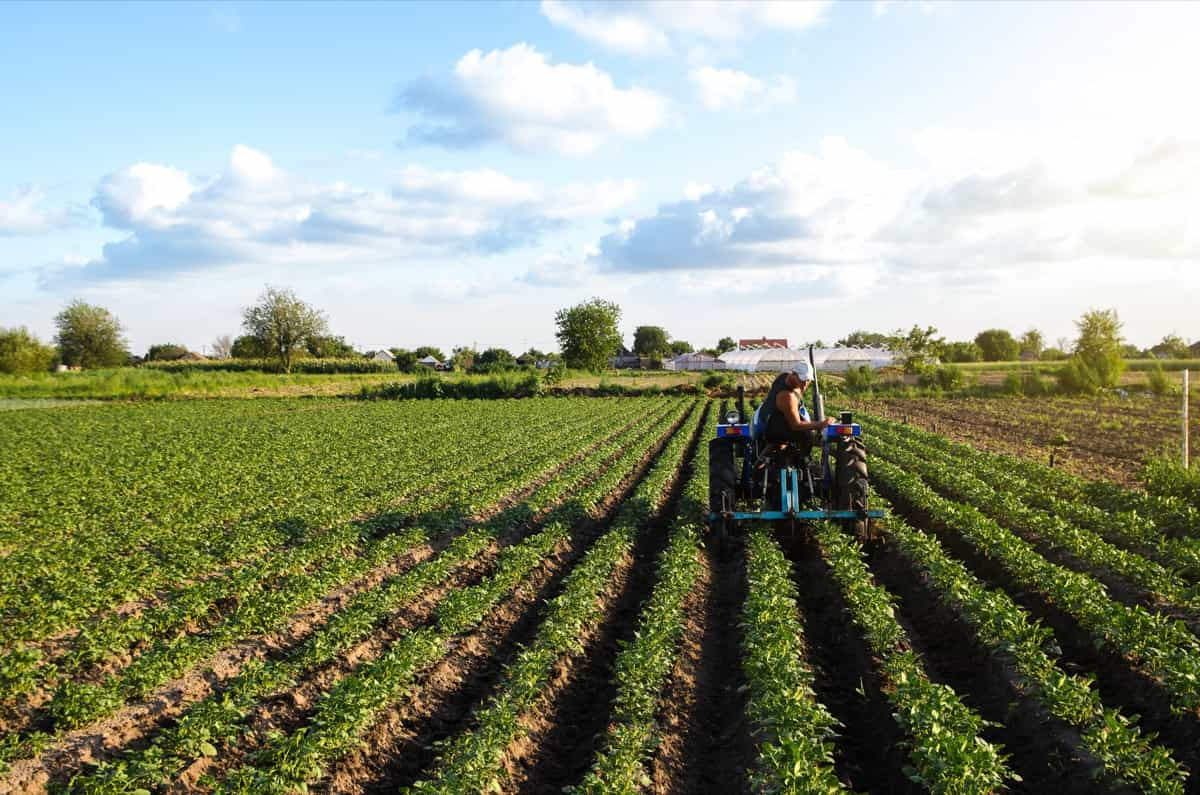
For decades, agriculture researchers have studied site-specific product quality and quantity impacts of new technologies through agronomic field trials. For plant breeders, chemists, and biologists, these experiments have been a critical step toward production. Agronomic field trials move research out of the lab and into a real-world, representative environment. The results of the trials have been used to make business and product decisions and position technologies to customers.
As data has become more of a tool for farmers and agriculture technologies have increased precision, farmers have been able to take advantage of field trial methodologies to enhance on-farm decision-making. Farmers can understand the impacts of a given production practice or technology on their specific farmland, improving agronomic outcomes and, ultimately, yield and sustainability. There are three key phases of conducting an agronomic field trial: trial planning and design, data collection, and harnessing data. Both on the farm and in industry settings, these steps are defined by key actions that set the researcher up for success.
Agronomic Field Trials
Trial Planning and Design
A field trial usually starts with a question whose answer is needed. Both farmers and industry researchers must think through the meaningful conclusions that can be drawn from the experiment. It’s also important to understand which variables can and cannot be controlled, to define the subject of study. For example, site selection for a field trial can minimize differences in soil type, structure, and climate to understand the impact of a treatment or selected production practice in that environment.
In case you missed it: How to Solve the Challenges of Urban Agriculture/Farming/Gardening
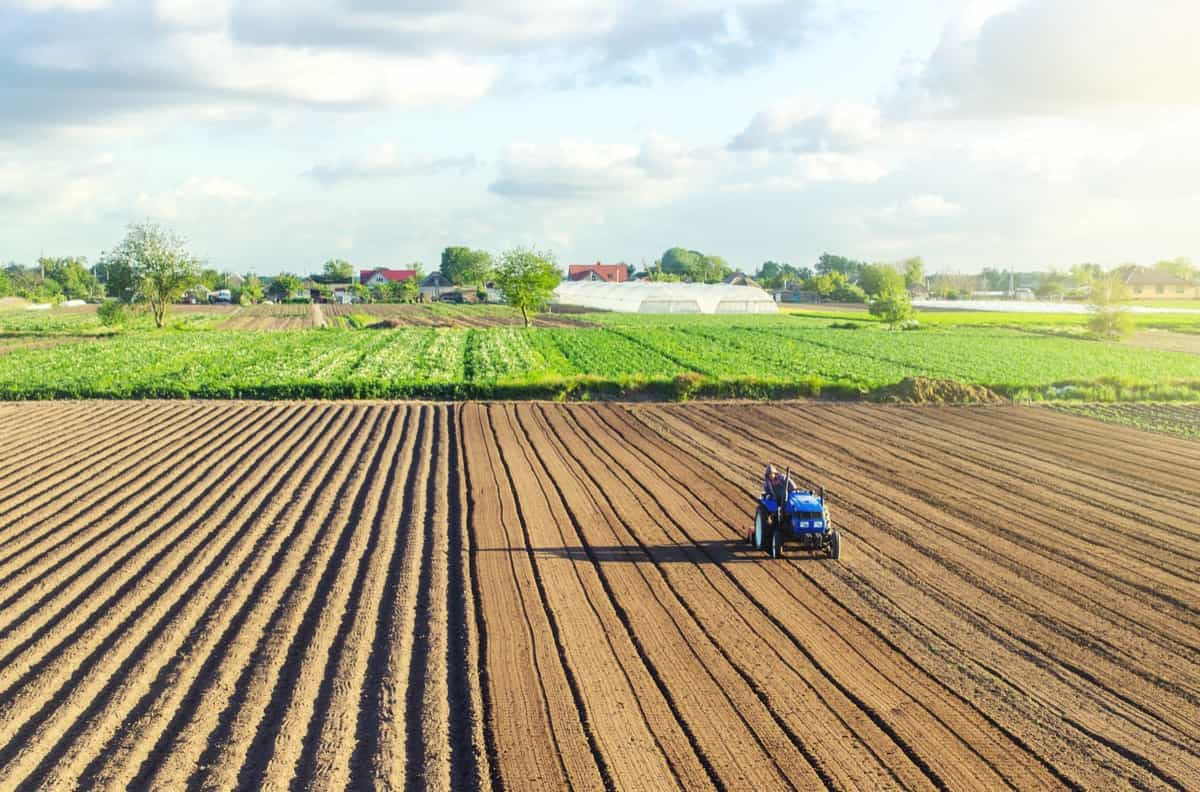
Once the research question is defined, a field trial design must be defined and requirements must be identified. Researchers must plan the field trial to minimize variability, which allows the trial results to be attributed to the treatment that has been applied. Variability can be controlled by selecting for uniformity or planning and denoting the variability so its context is used in the analysis of trial data.
When developing the field trial plan, both farmers and industry professionals will consider the layout of the field trial, including replication and randomization, to lend authenticity to the trial results. In industry specifically, researchers may dedicate field trials to understanding product safety. For product researchers and agriculture companies, field trials may be focused on efficacy to support product positioning and marketing.
In case you missed it: Role of 5G Technology in Agriculture: How will it Change Future Farming
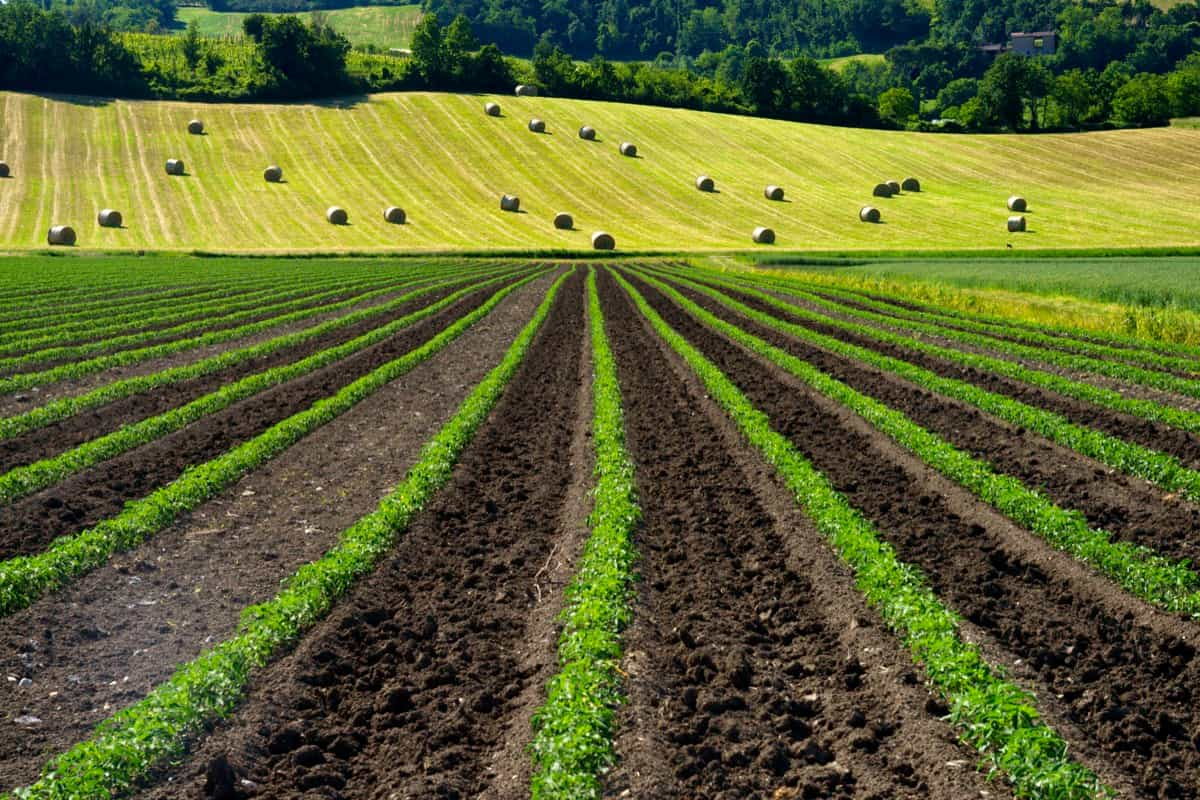
Field trials will be designed accordingly to give appropriate weight and visibility to the topic at hand. For farmers, field trial design may be dependent on trends in their area as well as available land and resources. Farmers may design field trials in conjunction with input suppliers to understand the impact and performance of a specific input product or seed variety in a given area and climate.
Data Collection
For both farmers and industry researchers, data collection is a critical step in the field trial process. This requires having plans and processes ahead of time. Data collection should occur in real-time, and all relevant data should be collected, including changing weather and agronomic conditions. Data quality is critical for all agronomic experiments. Both errors within the data collected and missing data can diminish the value of the trial and cast doubt on the results. Planning for adequate quantity and quality of data collected is important.
In case you missed it: How Start-ups are Making Agriculture More Sustainable
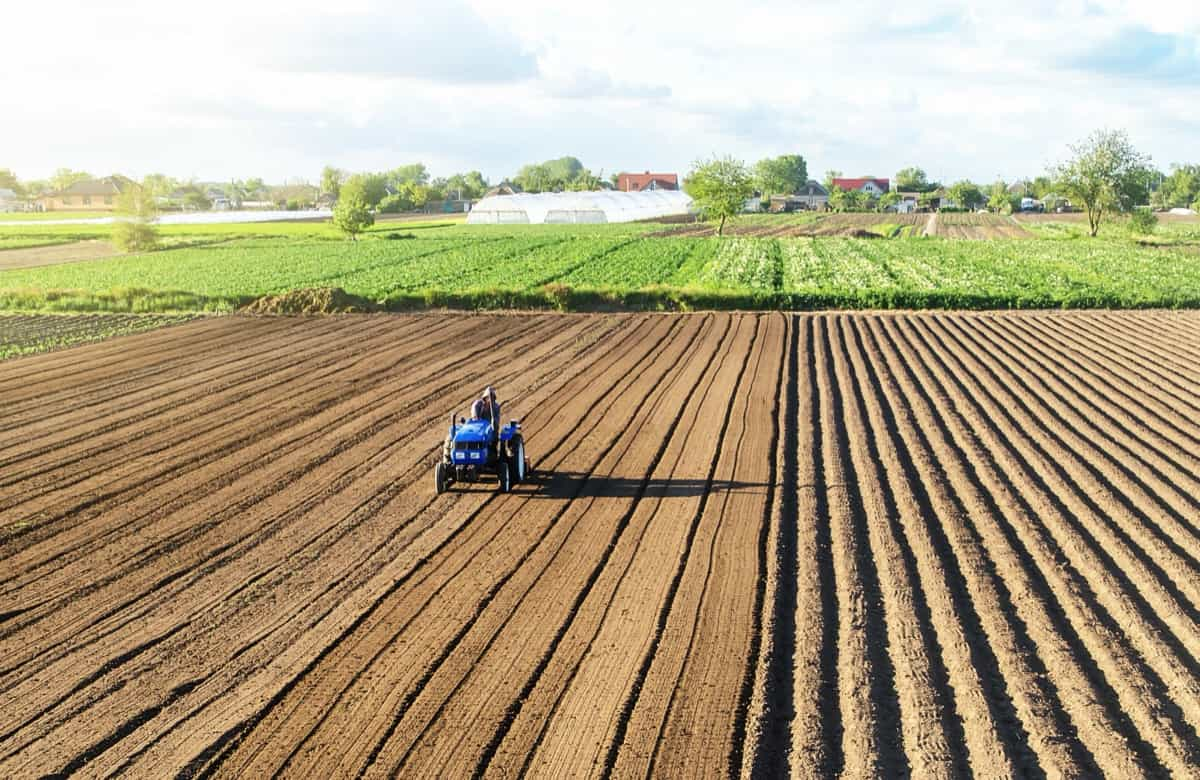
In some cases, this may mean field trials have to be planned over multiple years or in various sites. Digital tools can be an asset to both farmers and researchers in the data collection step. Digital data collection can reduce errors, improve the timeliness of analyzing and sharing data, and protect the integrity of the data. In industry, data collection often happens within a single organization or a network of researchers. Data may be collected in the same place or the same way, year after year.
DRefining processes for data collection and continuing to review and leverage digital tools to streamline this can build efficiency in the data collection process. For farmers, particular care should be taken to store and share data, which often requires aggregation. Farmers may share collected data with trusted advisors or use it year after year to validate results and refine production techniques. Developing processes to collect, store, and aggregate data is critical. Digital tools can make this once-overwhelming process easy for farmers.
Harnessing Big Data with Agro-informatics
Once data has been collected from an on-farm or industry-based field trial, the work is not done! The data is only as valuable as the analysis through which it becomes insight. Unlocking the potential of data can be done through agro-informatics, which uses data science to support the use of data. Companies and researchers may employ data experts who can analyze data and interpret results quickly and effectively. Results may be shared throughout the company or the industry to inform decision-making.
In case you missed it: What is Shifting Agriculture: A Guide to Characteristics, Process, and Types for Beginners
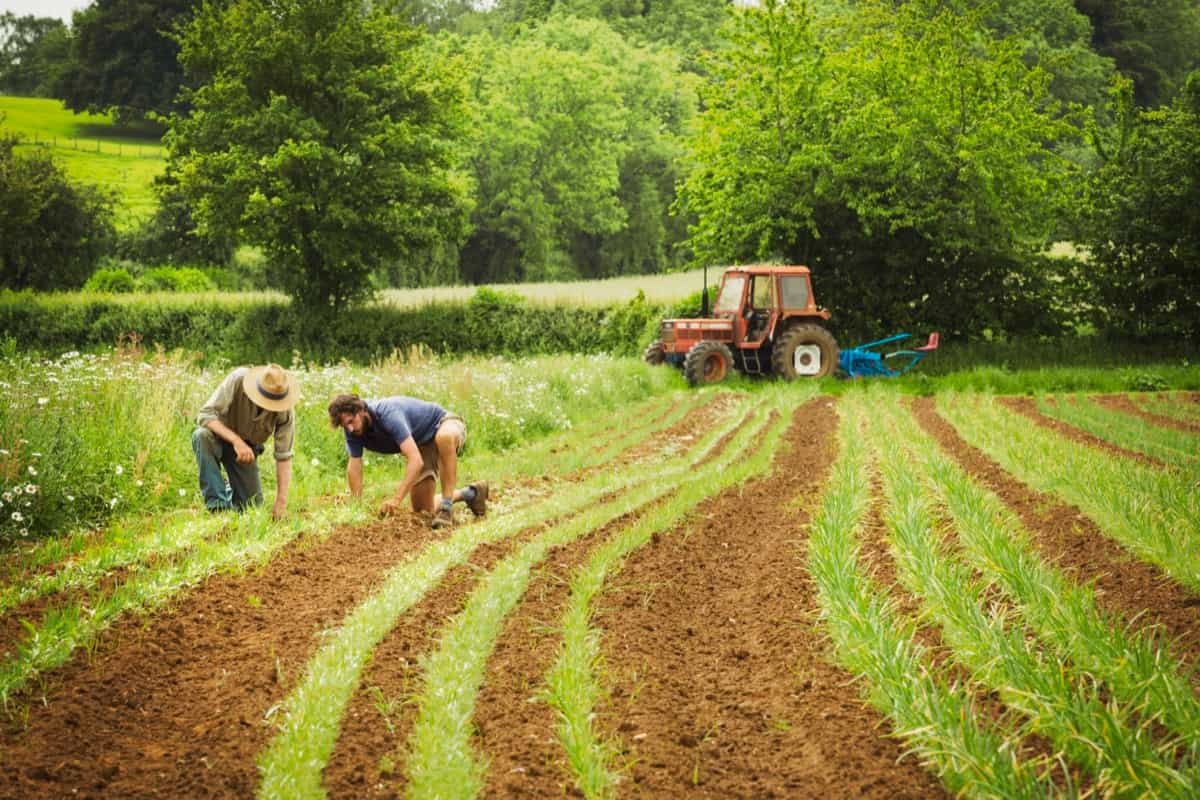
For farmers, data analysis doesn’t have to be a challenging topic requiring a degree in statistics. Digital tools can help farmers build reports and analyses based on the data they have collected. Agro-informatics tools may even standardize data from different sources, including legacy data, to help farmers compare their data. This is one way that farmers can increase the sample size of their research or increase the quantity of data used to make decisions.
Field Trials for Farmers
Agronomic field trials provide an opportunity for farmers to test ideas, scientifically validate production practices and technologies, and understand the efficacy of new products. Using digital tools, farmers and researchers can craft unique field trials that fit their needs from inception and planning to data collection and analysis. Field trial software makes it easier for farmers to do on-farm research.
With a single tool, farmers can plan, execute, and analyze field trials, all while collaborating with stakeholders and trusted advisors like agronomists. Field trial software can also help farmers manage and scale field trials, increasing data collected and confidence in the results. By reducing complexity and streamlining design, staff management, and analysis, executing an agronomic field trial becomes second nature.
In case you missed it: A Guide to Understanding Agriculture/Farming Subsidy in India
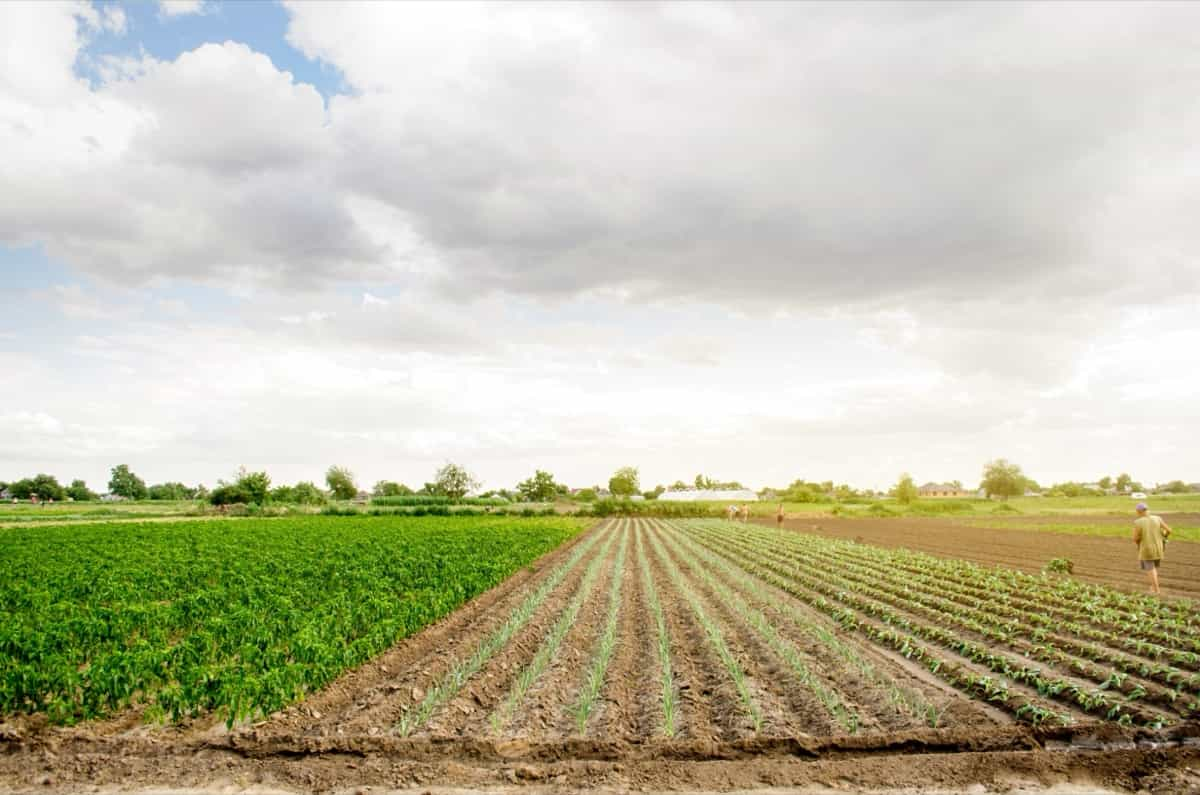
In today’s world of changing climate, loss of productive agricultural land, and growing world population, field trials are an important tool for all agriculturalists to make data-based decisions that improve productivity and sustainability. By understanding the real-world impact of a new production practice or technology, farmers can refine their approaches to meet sustainability, yield, and quality goals. Digital tools make this process easier than ever before, making on-farm research a scientific next step in improving agriculture for the future.
- Types of Pesticides Used in Agriculture: A Beginner’s Guide
- Economical Aquaculture: A Guide to Low-Budget Fish Farming
- 15 Common Planting Errors That Can Doom Your Fruit Trees
- How to Make Houseplants Bushy: Effective Tips and Ideas
- Innovative Strategies for Boosting Coconut Pollination and Yield
- Pollination Strategies for Maximum Pumpkin Yield
- The Complete Guide to Chicken Fattening: Strategies for Maximum Growth
- Natural Solutions for Tulip Problems: 100% Effective Remedies for Leaf and Bulb-Related Issues
- Revolutionizing Citrus Preservation: Towards a Healthier, Greener Future
- Natural Solutions for Peony Leaf and Flower Problems: 100% Effective Remedies
- Maximizing Profits with Avocado Contract Farming in India: A Comprehensive Guide
- Natural Solutions for Hydrangea Problems: 100% Effective Remedies for Leaf and Flowers
- The Ultimate Guide to Choosing the Perfect Foliage Friend: Bringing Life Indoors
- From Sunlight to Sustainability: 15 Ways to Use Solar Technology in Agriculture
- The Ultimate Guide to Dong Tao Chicken: Exploring from History to Raising
- The Eco-Friendly Makeover: How to Convert Your Unused Swimming Pool into a Fish Pond
- Mastering the Art of Delaware Chicken Farming: Essentials for Healthy Backyard Flocks
- 20 Best Homemade Fertilizers for Money Plant: DIY Recipes and Application Methods
- How to Craft a Comprehensive Free-Range Chicken Farming Business Plan
- Brighten Your Flock: Raising Easter Egger Chickens for Beauty and Bounty
- How to Optimize Your Poultry Egg Farm Business Plan with These Strategies
- Subsidy for Spirulina Cultivation: How Indian Government Schemes Encouraging Spirulina Farmers
- Ultimate Guide to Raising Dominique Chickens: Breeding, Feeding, Egg-Production, and Care
- Mastering the Art of Raising Jersey Giant Chickens: Care, Feeding, and More
- Ultimate Guide to Raising Legbar Chickens: Breeding, Farming Practices, Diet, Egg-Production
- How to Raise Welsummer Chickens: A Comprehensive Guide for Beginners
- How to Protect Indoor Plants in Winter: A Comprehensive Guide
- Ultimate Guide to Grow Bag Gardening: Tips, Tricks, and Planting Ideas for Urban Gardeners
- Guide to Lotus Cultivation: How to Propagate, Plant, Grow, Care, Cost, and Profit
- Agriculture Drone Subsidy Scheme: Government Kisan Subsidy, License, and How to Apply Online
- Ultimate Guide to Raising Araucana Chickens: Breed Profile, Farming Economics, Diet, and Care
- Bringing Hydroponics to Classroom: Importance, Benefits of Learning for School Students
- Ultimate Guide to Raising Polish Chickens: Breed Profile, Farming Economics, Diet, and Care
- Ultimate Guide to Raising Australorp Chickens: Profile, Farming Economics, Egg Production, Diet, and Care
- Silkie Chicken Farming: Raising Practices, Varieties, Egg Production, Diet, and Care
- Sussex Chicken Farming: Raising Practices, Varieties, Egg Production, Diet and Care